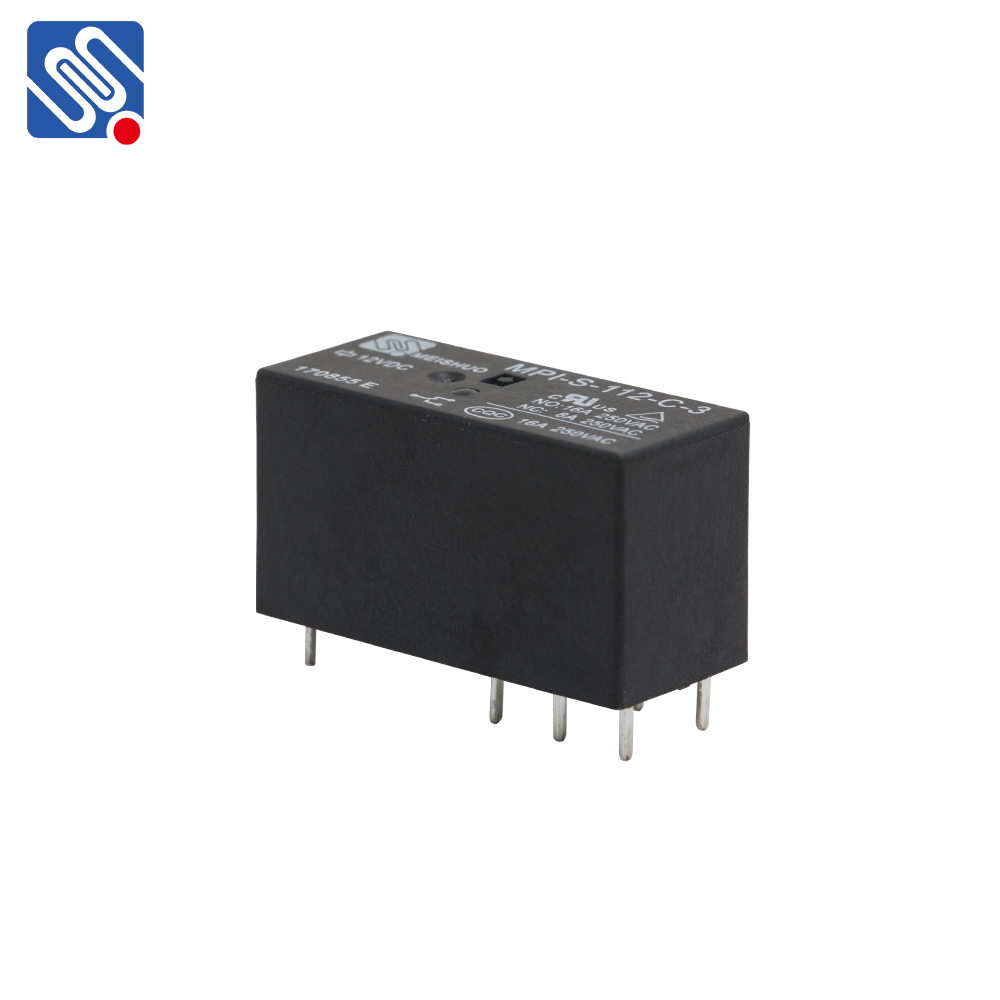Relay solutions play a pivotal role in modern electronic and electrical systems, offering an indispensable mechanism for control, automation, and protection. Widely used in industries ranging from power distribution and industrial automation to consumer electronics, relays provide the essential function of switching electrical circuits remotely and efficiently. This article delves into the significance of relay solutions, their applications, types, and how they contribute to making systems smarter, safer, and more reliable.

What Are Relay Solutions? At their core, relay solutions refer to systems that utilize relays to enable remote control and automation of electrical circuits. A relay is an electromechanical or solid-state switch that allows one circuit to control another circuit. Relays are designed to handle a higher voltage or current in the controlled circuit, while the controlling circuit itself may only use a low power signal. This capability is crucial in applications where safety, efficiency, and automation are key concerns. Relays operate on the principle of electromagnetism. When an electric current passes through the relay’s coil, it generates a magnetic field that pulls a contact to either open or close the circuit. This action controls the flow of electricity, enabling electrical devices to be turned on or off automatically.